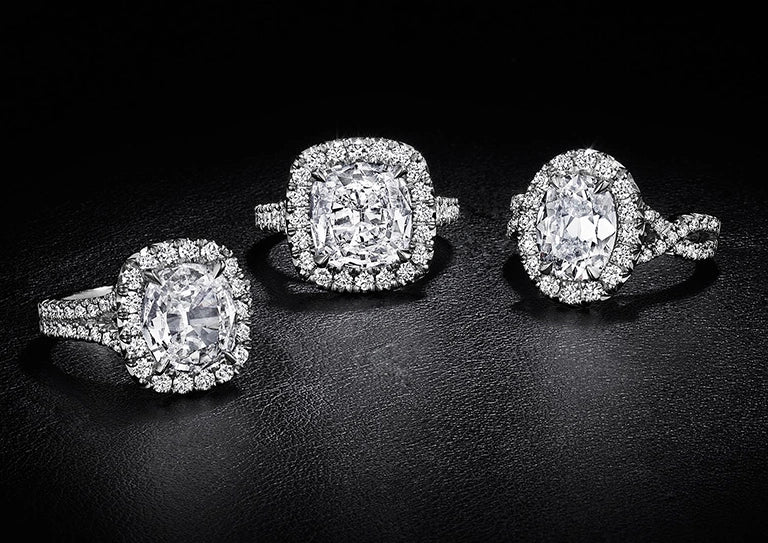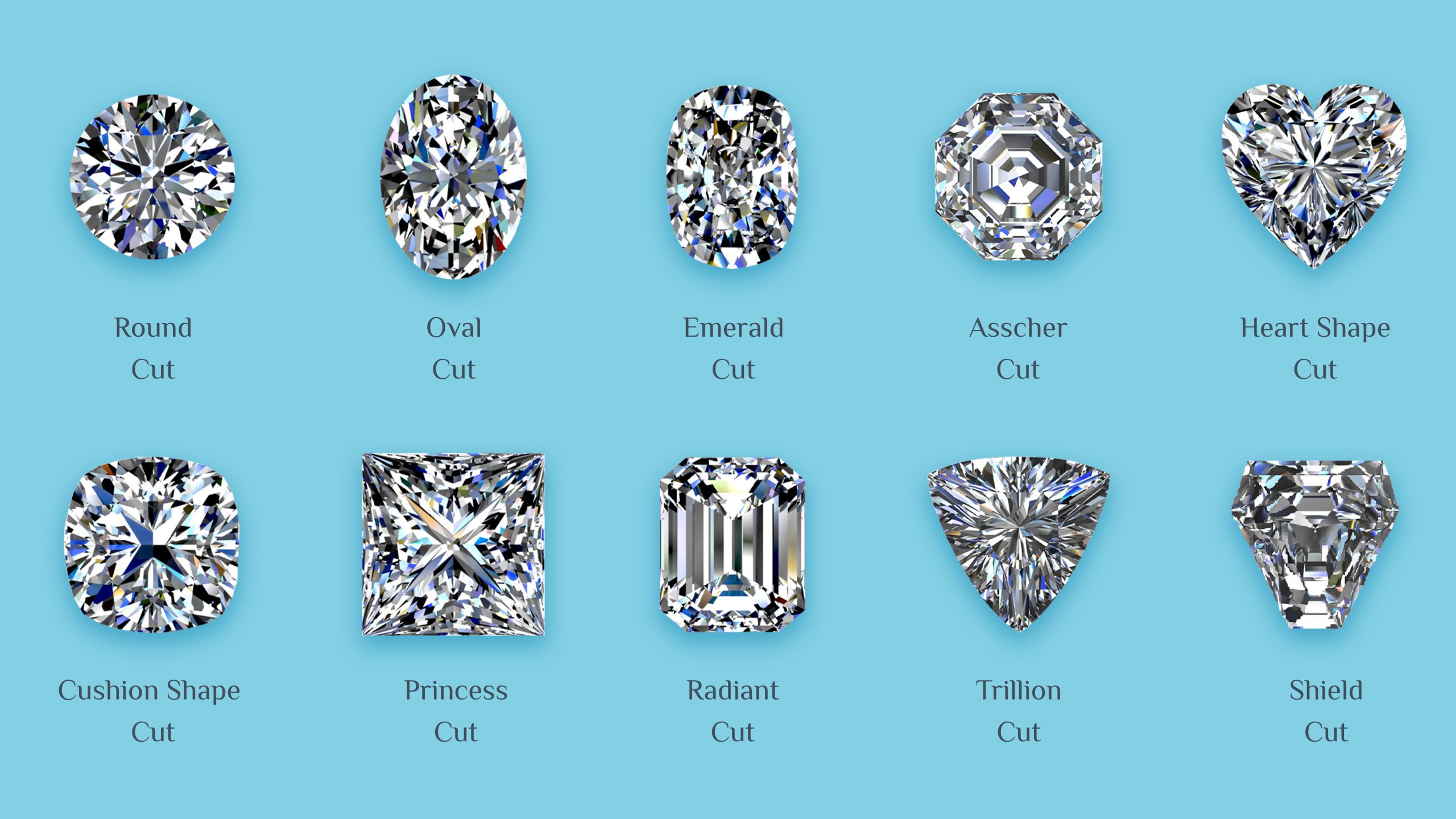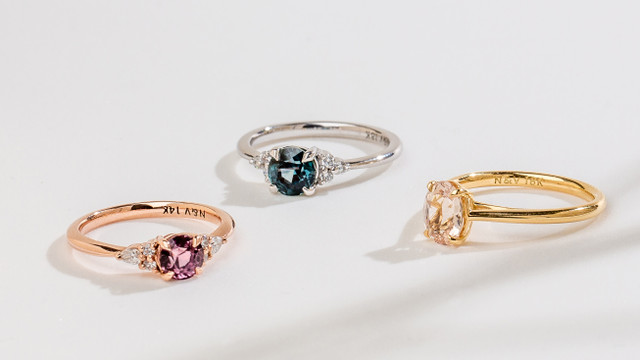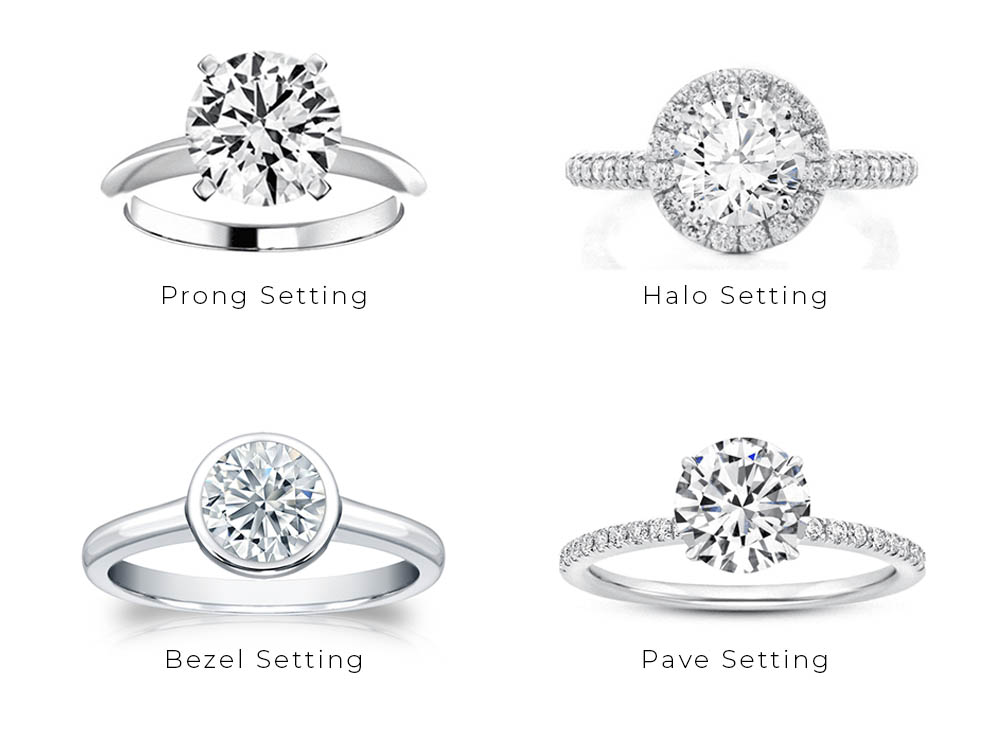Choosing the perfect engagement ring is one of the most significant and exciting decisions you’ll make. It’s not just a symbol of love but also a piece of jewelry that your partner will cherish for a lifetime. With countless styles, cuts, metals, and stones to choose from, it’s easy to feel overwhelmed. This buyer’s guide will help you navigate the process, ensuring you select the right ring that reflects both your partner’s style and your budget.

1. Set a Budget
The first step in choosing the perfect engagement ring is determining your budget. Traditionally, some people follow the “two to three months’ salary” rule, but modern trends lean toward choosing a ring that fits comfortably within your financial means. Remember that the cost of a ring depends on several factors like the type of stone, metal, and ring setting. Prioritizing what’s most important to you—whether it’s the carat size, quality of the diamond, or the design—can help narrow down your choices.
2. Understand the 4 Cs of Diamonds
If you’re choosing a diamond engagement ring, it’s crucial to understand the 4 Cs: cut, color, clarity, and carat weight. These characteristics significantly impact the price and appearance of the diamond.
- Cut: This refers to how well the diamond reflects light. A well-cut diamond sparkles more and looks brighter.
- Color: Diamonds are graded from D (colorless) to Z (light yellow or brown). Colorless diamonds are more valuable, but slight tints can be a more affordable option.
- Clarity: Clarity measures the presence of internal or external flaws. The fewer the blemishes, the more flawless and expensive the diamond.
- Carat Weight: Carat refers to the size of the diamond. While larger diamonds are desirable, quality often outweighs size. A smaller, well-cut diamond may appear more brilliant than a larger one with a poor cut.
Consider balancing these factors according to your budget. For example, you might prioritize cut over carat size if sparkle is important to you.

3. Choose the Right Shape
Diamonds and gemstones come in various shapes, each offering a distinct style and aesthetic. The most popular shape is the round brilliant cut, known for its timeless elegance and maximum sparkle. However, there are several other shapes to consider:
- Princess Cut: A square-shaped diamond with a contemporary, geometric appearance.
- Cushion Cut: A soft, pillow-like shape that combines a square cut with rounded edges.
- Oval Cut: A longer shape that elongates the finger and provides a unique twist on the classic round diamond.
- Emerald Cut: Rectangular with a step-cut style, giving a vintage and sophisticated look.
- Pear Cut: A teardrop shape that offers a modern, bold statement.
Each shape has its own charm, so it’s important to consider what your partner would love most.

4. Pick the Right Metal
The metal used for the ring band influences the overall look and feel of the ring. Some popular choices include:
- Platinum: A durable and hypoallergenic metal, platinum is known for its strength and white-silver appearance.
- White Gold: Similar in appearance to platinum but more affordable. It requires occasional maintenance to keep its bright color.
- Yellow Gold: A classic option that offers a warm, traditional look.
- Rose Gold: A trendy option with a romantic pinkish hue, perfect for those who want something unique.
Each metal complements certain skin tones and styles, so consider what might look best on your partner’s hand.

5. Choose a Setting
The setting is how the stone is mounted in the ring, and it plays a crucial role in both style and security. Common engagement ring settings include:
- Prong Setting: The most popular choice, where metal prongs hold the diamond in place, allowing maximum light to pass through the stone for brilliance.
- Bezel Setting: A metal rim surrounds the diamond, offering a more secure setting for active lifestyles while creating a sleek, modern look.
- Halo Setting: A central diamond is encircled by smaller diamonds, making the ring appear larger and more dazzling.
- Pavé Setting: The band is covered with tiny diamonds, adding extra sparkle and luxury.
Choose a setting that not only showcases the stone but also matches your partner’s personal style and lifestyle.

6. Consider Personalization
A growing trend in engagement rings is customization. Adding personal touches can make the ring more meaningful and unique. Some popular personalization ideas include:
- Engraving: Include a special date, meaningful phrase, or initials on the inside of the band.
- Birthstones: Incorporating your partner’s birthstone or other gemstones into the ring design for a personal touch.
- Custom Design: Work with a jeweler to create a one-of-a-kind ring tailored to your partner’s tastes.
7. Find a Reputable Jeweler
Finally, buying from a reputable jeweler is essential. Look for jewelers with good reviews, certifications, and guarantees. Ensure that any diamonds you buy are accompanied by certification from a recognized grading laboratory, such as the GIA (Gemological Institute of America) or AGS (American Gem Society). A trustworthy jeweler will guide you through the selection process and provide you with confidence in your purchase.
Choosing the perfect engagement ring may seem daunting, but with these tips in mind, you can approach the process with confidence. Focus on what matters most—whether it’s the 4 Cs of diamonds, the shape, or the setting—and don’t forget to consider your partner’s style and preferences. By taking your time and considering all your options, you’ll find a ring that symbolizes your love and commitment perfectly.